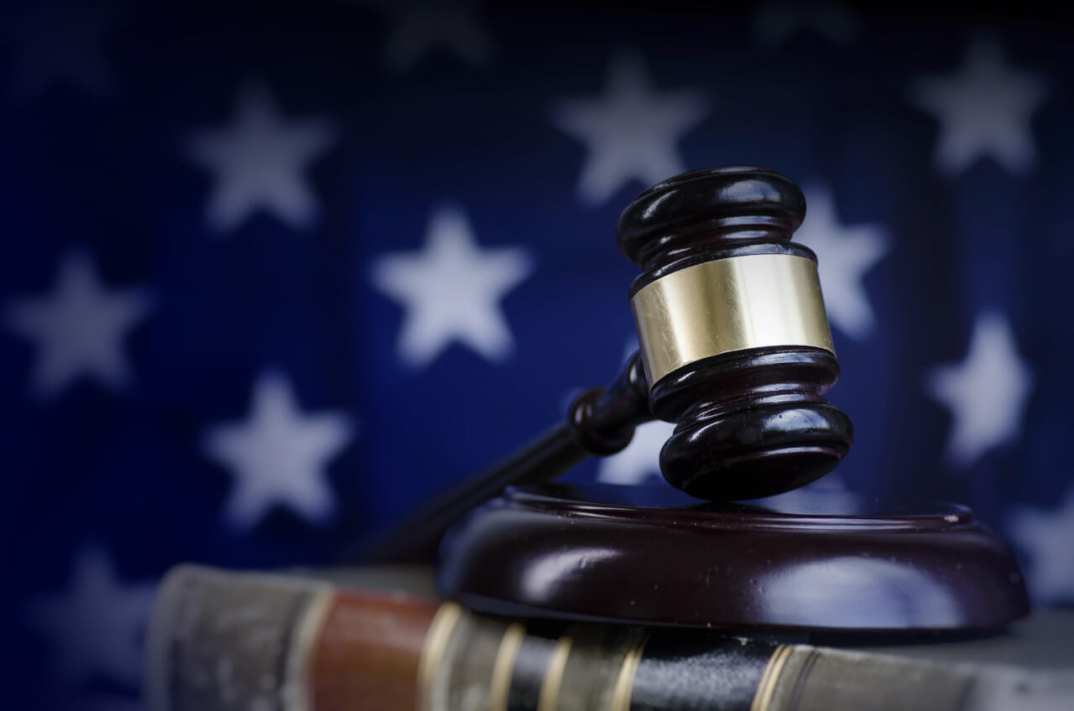A brief history of the Civil Rights Act of 1866 and how it is still used
See how The Act emerged as one of the most important pieces of legislation in U.S. history
In this brief history of the Civil Rights Act, see how language has been changed, native Americans were not included and how the Supreme Court has expanded the definition.

When slavery officially ended in the United States in 1865, President Abraham Lincoln‘s Republican government went full throttle to change legislation that continued legalized racism. The first steps taken immediately after the Civil War were to ratify the 13th Amendment of the U.S. Constitution. But racism remained deep seeded in the socialization of Americans, and the Black Codes (1865-1866) emerged camouflaging the mindset of racial discrimination and bias through what would be the predecessor to the Jim Crow era.
Read More: 5 Things to know about the Civil Rights Act of 1886
But there were politicians that saw that more radical actions had to be taken to ensure the protection of newly freed Black people. According to History, Art & Archives of the United States House of Representatives, Senate Judiciary Chairman Lyman Trumbull of Illinois, proposed a bill that would mandate that “all persons born in the United States,” with the exception of American Indians, were “hereby declared to be citizens of the United States.” This was the basis of The Civil Rights Act of 1866.
According to ThoughtCo, the bill was vetoed by President Andrew Johnson. Congress passed it despite Johnson’s veto. On April 9, 1866, almost unanimously the the Civil Rights Bill of 1866 was voted in 122 to 41, becoming the first congressional legislation on civil rights. However, the bill changed and the politicians took out this line: “there shall be no discrimination in civil rights or immunities among the inhabitants of any State or Territory of the United States on account of race, color, or previous condition of servitude.”
Read More: Supreme Court Justices tuning in to cable television civil rights lawsuit
Today, many still look to this act to fight discrimination. However, the construct of race has been widen.
According to Reason.com, The Supreme Court allowed Joshua Bonadona to use The Act as defense against Louisiana College, an institution that fired him because he is Jewish. The high court determined that ethnicity and race as the same thing.
